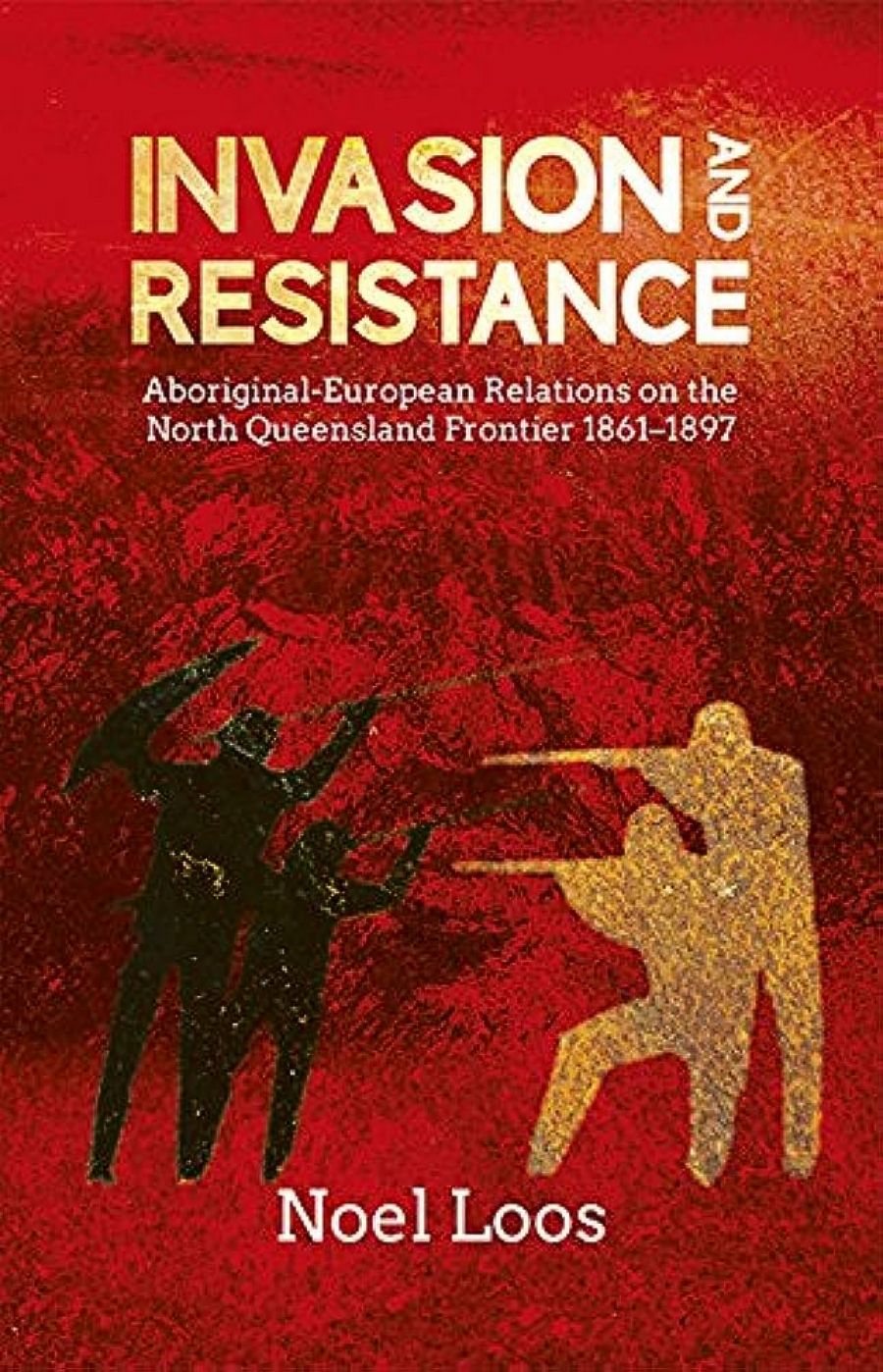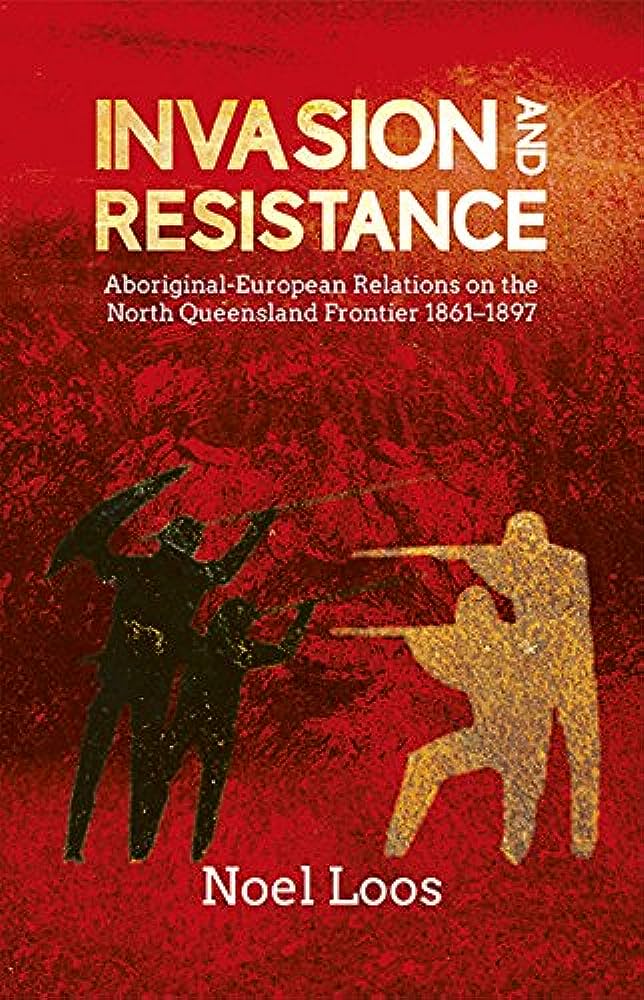
- Free Article: No
- Contents Category: Indigenous Studies
- Review Article: Yes
- Article Title: The Long Struggle
- Online Only: No
- Custom Highlight Text:
A common theme unites the five books reviewed here: the effects on Aboriginals of European and Asian settlement in Australia, and the position of Aboriginals in the society that has developed from that settlement. The work of historians, a political scientist and anthropologists, the writings reflect changes in Australian historiography and anthropology. Reece (1979) recently made a plea on behalf of Australian historiography for more to be done by black and white historians to eradicate the tradition that Australian history was a white history beginning with Captain Cook. A parallel plea has been made to anthropologists in Langton’s (1981) criticism of anthropologists for concentrating their research efforts on remote communities. The work of Aboriginal historians is not represented here, but two of these books are indicative of the quantum leap in the quantity and quality of writing an Aboriginal history. Although anthropology is slow to change, a glance through recent bibliographies published by the Australian Institute of Aboriginal Studies reveals an increase in the proportion of social anthropological publications on Aboriginal society outside the more remote areas. That trend appears in the content of the volume edited by Howard.
- Book 1 Title: Invasion and Resistance
- Book 1 Subtitle: Aboriginal-European relations on the North Queensland Frontier 1861–1897
- Book 1 Cover Small (400 x 600):

- Book 1 Cover (800 x 1200):

Certain of these recent views are to be found in Broome’s Aboriginal Australians (George Allen and Unwin, 227 pp), a history of Aboriginal affairs from 1788 to 1980. Relying on published sources, the book traces the Aboriginal response to white settlement and domination from initial resistance and destruction to the recent push for ‘self-determination’, examining along the way topics including the role of missions; Aboriginals and the cattle industry, poverty and cultural continuity. The book does reflect recent findings in, for example, the account of Aboriginal armed resistance to the invading Europeans, drawing on the work of authors such as Reynolds, Christie, Evans, and Turnbull. In the initial chapter on ‘traditional life’ however Broome reproduces opinions which are now questioned by many anthropologists, such as the picture of the Aboriginal population being divided into discrete ‘tribes’ each with its own ‘territory, history, dialect and culture’, as well as the myths of an egalitarian and peaceful society led by wise if not saintly elders. The contrary account is well represented in Howard’s volume, reviewed below. Inevitably perhaps in a work of this scope, the author does rather gloss over the background of some events, and oversimplify or over-generalise others. Despite these shortcomings it is a well-documented and readable survey, which should be of interest to the general reader, as well as suitable as a text for higher secondary and undergraduate courses.
Invasion and Resistance (Australian National University Press, $22.95 hb, 323 pp) represents just the kind of carefully researched regional history on which a book such as Broome’s depends. Loos traces the history of contact in North Queensland, using both documentary sources and oral history, although the influence of the former is dominant. The focus on the several kinds of frontier – pastoral, mining, rainforest, and maritime – is especially valuable. The author shows how the different environmental and economic conditions resulted in very distinct kinds of frontier relations and government policies.
On the pastoral frontier Loos found a considerable uniformity in the pastoralists methods and aims; in order to exclude Aboriginals from their ‘runs’ they relied heavily and (from the pastoralists’ point of view) successfully on the murderous Native Police force. The nature of the terrain, the short duration of mining settlements and the characteristics of prospecting made possible a more effective and prolonged resistance by Aboriginals on the mining frontier. The reaction of the Queensland Government was to increase the size of the Native Police force in some mining regions, a policy that failed. However, the mining industry was able to survive as long as the lure of gold made a degree of risk of Aboriginal resistance acceptable. Relations between settlers and Aboriginals in the rainforest areas was marked by local efforts to arrive at a peaceful accommodation which was adopted as Government policy after 1895, as a result of the inefficiency of the Native Police in that environment. A particular mode of relationships characterised the sea frontier, including the kidnapping of Aboriginals for labour, as well as the trading of younger men by older Aboriginals. Eventually, however, the fragmented groups left in the wake of the recruiters gradually accepted (perforce) the presence of fishermen.
Despite its considerable merits, Invasion and Resistance is written from a European standpoint, making little attempt to see things from an Aboriginal viewpoint, or examine the effects of settlement on Aboriginal institutions, notwithstanding the use of oral historical sources. Nevertheless it is a fine addition to the corpus of studies emanating from the History Department of James Cook University.
The final chapters of Loos’s book describe the beginnings of the two pronged approach of successive Queensland Governments in their policies towards Aboriginals: prolonged tutelage while socially isolated from European society, together with the use of Aboriginals as a source of unskilled labour. Moreover Queensland’s manner of legislating to ‘disperse decently of its native inhabitants with a perfunctory debate in the lower house and unseemly haste in the upper house’, set a tradition followed ever since, as Nettheim shows.
Victims of the Law (George Allen and Unwin, $18.95 hb, $9.95 pb, 199 pp) reviews Queensland’s Aborigines Act of 1971 to 1979 and Torres Strait Islanders Act of 1971 to 1979. It was written as a report for the Australian Section of the International Commission of Jurists on the state of the law concerning Aboriginals and Torres Strait Islanders in Queensland, and follows a similar report (Out Lawed: Queensland’s Aborigines and Islanders and the rule of law) published in 1973. The author, who is professor of law at the University of New South Wales, subjects every aspect of the Acts and their implications to close scrutiny, evaluating them against standards set by various international human rights conventions and covenants. He finds that they violate the principles of a number of these conventions; some breaches are minor, others are disappearing, many are significant.
The Acts are to be replaced by the services legislation which will complement the recent amendments to the Queensland Land Act according to which deeds of grant in trust are to be made to reserve councils, developments with which the book does not deal. Recent comments and debate on the Amendment Act show a continuity in Queensland Government policies. Nettheim argues that assimilation remains the rationale behind Queensland policy. According to this philosophy special legislative measures are regarded as temporary, designed to help Aboriginals and Islanders to make the transition to a more ‘advanced’ stage of ‘development’. Commonwealth policy however has evolved differently, recognising the right of Aboriginals and Islanders to attain a degree of autonomy and ‘self-management’.
The Queensland Government avoids parliamentary scrutiny and prolonged public debate of proposed legislation through a number of devices, chief among these are the perfunctory procedures previously alluded to, and its reliance on regulations. Nettheim shows that at the time of the passage of the 1971 Acts Members bad printed copies of the Bills for less than a week prior to their enactment. Discussion of the Aborigines Bill took just over four hours, and discussion of the Torres Strait lslanders Bill took an hour and a quarter; yet a year elapsed before the Acts were proclaimed. The reliance of the Government on regulation is, as Tatz remarks in the volume reviewed below:
‘an autocratic technique that removes legislation from public debate, scrutiny and publicity’
Aboriginal security of tenure over reserve lands is incompatible with the assimilationist philosophy referred to above. The recent amendments to the Land Act offer Aboriginals no real security, for Cabinet has the power to revoke or alter a deed of grant. Similarly, Nettheim shows that the Local Government (Aboriginal Lands) Act relating to Aurukun and Mornington Shires could be repealed with little difficulty.
The collection of six of Colin Tatz’s recent essays (Aborigines and Uranium and other essays (Heinemann, $9.95 pb, 190 pp)) includes several references to Queensland’s restrictive policies towards Aboriginals. On the abolition of the Aborigines and Torres Strait Islanders Acts Tatz comments drily:
‘not abolition because the government has finally heard the pleas and cries of the state’s blacks; not repeal because Queensland has now decided to embrace fully a credo of human rights, but abolition because of a ten-day sporting event.’
The essays range across the bases of Aboriginality; Aboriginality and human rights; education and racism; Aboriginals, law and race relations; Aboriginals and uranium. Their stimulating quality inheres in part on the quality of information imparted, but above all in the author’s willingness, eagerness rather, to express an opinion, put over a point of view. Heobviously values debate and argument.
The author is sensitive to the most pressing political problems afflicting Australian Aboriginals, problems of which politically active Aboriginals are only too well aware, and which they are attempting to overcome. These include the need for a coherent ideology, and a sense of Aboriginal identity, especially by urban people. In eastern south-east and south-west Australia at least, many Aboriginals are trying now to make explicit the grounds of Aboriginality and to give these grounds a positive value, rather than see them as a matter for shame. He is also more optimistic than he was some years ago (Tatz 1976) on the structural opportunities for Aboriginals to make political advances. He sees hope in organisations such as the Aboriginal Land Councils of the Northern Territory, and in the as yet little realised possibilities of Aboriginals using the law.
Aboriginal communities of course embrace a variety of political ideologies, and are embedded in a wide variety of political structures. Aboriginal Power in Australian Society (UQP, $24.95 hb, $12.95 pb, 246 pp) edited by Michael Howard, illustrates the broad spectrum, from remote settlements to southern cities. The value of this book lies in the variety of political situations reviewed, the range of descriptive and analytical stances, as well as the excellence of several contributors. But it is rather uneven, and two of the best chapters (those by Beckett and Myers) have already been published in slightly different forms. Unlike many such collections however the book does have a degree of coherence, a shape lent by the editor’s introduction, the historical lines of which serve to thread the various chapters together.
The reader should not be put off if he reads first the two contributions after the introduction. Kolig’s discussion of ‘ritual power’ fails to address and translate Aboriginal concepts. Worse, he asserts that power is a ‘strictly ideological factor’, although he goes on to treat power differences as substantive. David Turner follows with a ‘just so’ story of how an idealised Aranda type system of social organisation might, given the chance, have transformed into a caste system. Kipling may have approved. The collection improves thereafter. Maddock applies his somewhat familiar critique of the Northern Territory Land Rights Act to the Beswick Reserve. Myers contributes his illuminating account of the way in which Pintubi concepts have shaped their adaptation to European introduced political institutions, and relations with white ‘bosses’; Tonkinson discusses the problem of control of young people at Jigalong; Beckett’s excellent paper on the Torres Strait Islanders’ involvement in the pearling industry follows; Howard adds a discussion of Aboriginal brokerage in south-western Australia; Pierson’s survey of political and legal structure affecting and involving Adelaide Aboriginals is useful if unexciting. Finally Jones and Hill-Burnett discuss the importance of an ethnic elite in the development of pan-Aboriginal identity.
The five books reviewed reveal the scope and general excellence of current contribution to Aboriginal studies. I hope that Aboriginal scholars will soon be contributing more to this stream.


Comments powered by CComment